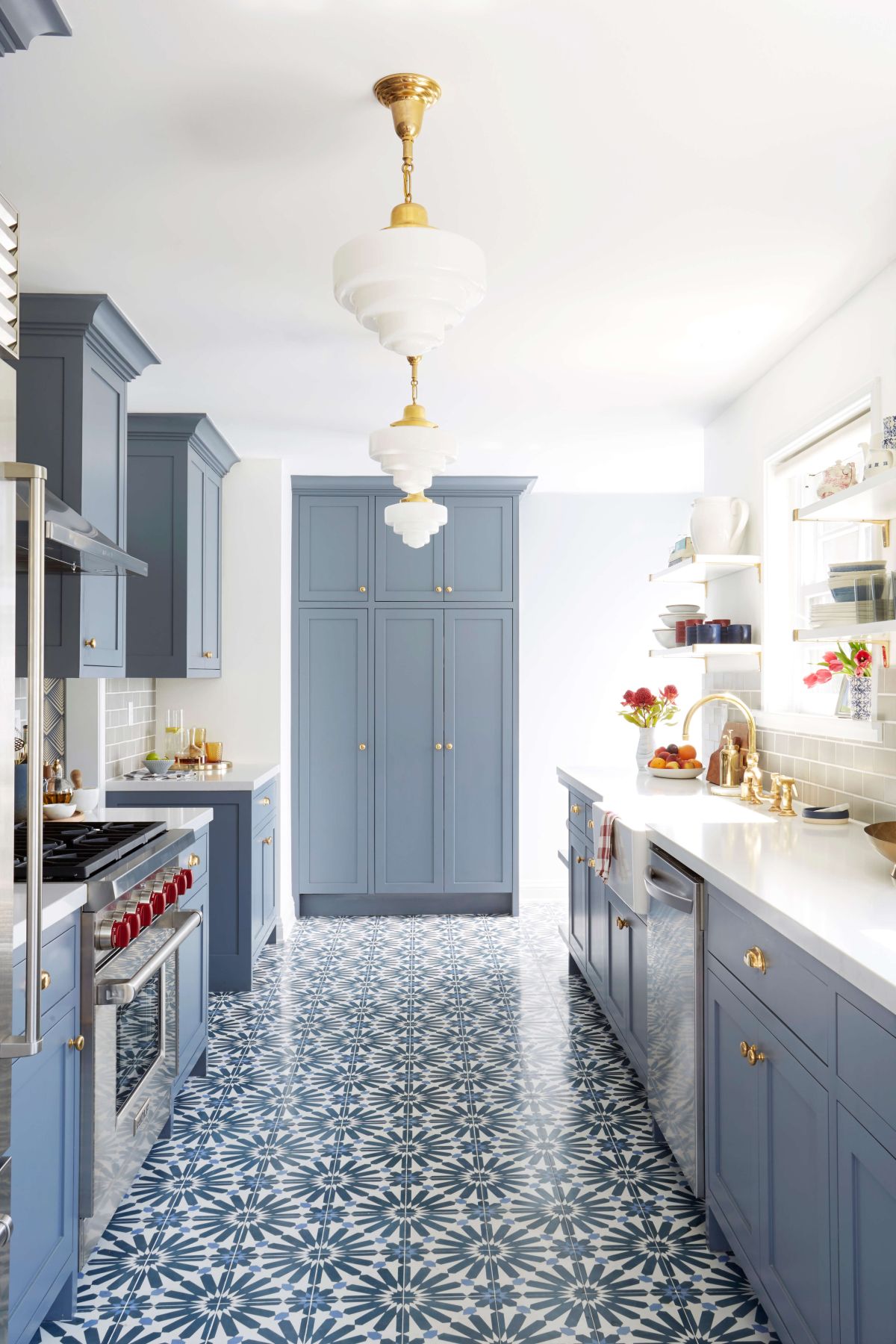Table Of Content

The intention of the architects was to design a glass building with a minimum of columns and frames. The solution was to use glass fins, where the steel fasteners are minimized to be interspersed within the laminated glass. To avoid the tendency of these crystals reinforced green hue, losing the desired transparency, glass was used with a low percentage of iron. The glass façade, with 15 meters high, the hall has a key role from the south, west and north, while serving as a lamp that illuminates the outer surfaces during the night.
Can You Walk on the Opera House Rooftop in Oslo?
Taking a peek into the main auditorium for one of the Oslo Opera House events is a treat that is not to be missed. The horseshoe-shaped room seats some 1,300 spectators, yet seeing a show there feels remarkably intimate due to the clever layout of the space. Architecture is a subject that often comes up right away when people talk about Scandinavia. Along with Vikings, fjords, the Northern Lights and the winter chill, architectural innovation and design is probably the best-known attribute of Scandinavia for people from outside of the area. If you are attending a performance and want to stay as close as possible to the venue, there are several hotels within a couple minutes’ walk. These include Thon Hotel Opera, Amerikalinjen and the Comfort Hotel Central Station.
Attending a performance
1 hour before the performances on the Main Stage, there is a free introductory lecture in the Communication Centre – but only in Norwegian. It is not permitted to photograph, film or make sound recordings during the performance, because this disturbs both other guests and the performers. Usually the Box Office is open until the last performance has started. Three-dimensional hexagonal openings in the panels are illuminated from the floor and from behind with beams of white and green light.
Red Bull Cliff Diving 2021 Oslo: Location info - Red Bull
Red Bull Cliff Diving 2021 Oslo: Location info.
Posted: Thu, 10 Aug 2023 07:00:00 GMT [source]
Foyer
In winter, the white marble mimics the slabs of ice which fill up the fjord. Snøhetta, the Norwegian architects responsible its creation, wanted a space which appealed and belonged to everyone. The Norwegian National Opera and Ballet by Snohetta is the foundation for a sweeping urban renewal of Oslo's once-industrial waterfront Bjørvika area. The high glass windows designed by Snøhetta offer public views of ballet rehearsals and workshops, counterpoint to the neighboring construction cranes.
Materials and Tags
Check out the Oslo Opera House calendar to explore what’s on during your visit to Norway. Let’s explore more about Oslo Opera House, including where exactly it is, how much it costs to visit and what makes this Norwegian opera house so famous. Oslo's expansive urban development plan calls for redirecting traffic through a new tunnel, the Bjørvika Tunnel completed in 2010, constructed beneath the fjord. Streets around the Opera House have been transformed into pedestrian plazas. Oslo's library and the world-famous Munch Museum, which houses works by Norwegian painter Edvard Munch, will be relocated to new buildings adjacent to the Opera House. The main theater at Oslo Opera House seats approximately 1,370 in a classic horseshoe shape.
Fifteen young and up-and-coming dancers partake in the second company, the Norwegian National Ballet 2. The Norwegian National Ballet 2 includes 13 Norwegian and foreign professional dancers aged 17 to 23. The Oslo Fjord is perhaps the Opera House’s most prominent architectural influence. According to the Opera House’s official website, the waters of the Oslo Fjord are “considered the keystone signature” of the Opera House. The goal was to make the capital city’s Opera House, commissioned in the year 2000, feel like a part of the surrounding nature, and the building’s architect, Snøhetta, drew inspiration from icy glaciers.
This flexibility has proven to be very important during the planning phase, the design of many of the rooms has worked in collaboration with the end user which has improved the same functionality without affecting the architecture. If attending a performance at Oslo Opera House is at the top of your Norway vacation bucket list, you might be wondering what to wear to this famous music venue. While the Oslo Opera House doesn’t have a specific dress code for the audience at its performances, most visitors tend to wear smart casual attire. The main distinguishing feature of this Norwegian opera house is its flat roof, which visitors are encouraged to take a stroll on. The Opera House has made good on its promise to serve as the keystone of Oslo's waterfront redevelopment, including the Munch Museum, the National Museum, and the Oslo Main Library - heralding further expansion of the cultural district.

Walk the Roof
Unlike many other parliament buildings, the main room for debates is located in the semi-circular front section that faces out to the urban public park Spikersuppa. After many decades, Norway’s most famous artist has been granted the spacious galleries to do his work justice. However, while the new Munch Museum provides a much more fitting home for the artist’s work, it’s the building itself that has grabbed the headlines. Guided tours run through the summer months but aren't necessary to get the most out of a visit. Choose to explore the grounds and relax, or check out the armed forces museum or resistance museum for more about Oslo’s military history. Visible from across Oslo, the ski jump glints on the mountainside whenever the sun shines.
plans approved for liverpool waterfront transformation by asif khan + theaster gates
The museum is the last step in a new waterfront cultural area that includes the opera house and new library building. A giant sculpture by Tracey Emin has become a landmark in itself outside the museum. The bold, modernist new Munch Museum was the brainchild of architecture firm Estudio Herreros and is considered one of Norway’s most controversial new buildings. Some Oslo locals and politicians consider the perforated aluminum exterior and tilted top floors to be not in keeping with the rest of the waterfront area. State events and ceremonies take place here throughout the year including on Norway’s Constitution Day when the Royal Family greets thousands of local schoolchildren.
Right on the waterside, situated next to the popular Munch Museum, this Norway opera house can be easily reached from the center of Oslo by taking a leisurely stroll to the harbor. You’ll also be able to spot the signatures of famous Norwegian artists, Kristian Blystad, Kalle Grude and Jorunn Sannes, on the surface of the roof. No, the cloakroom is unstaffed and all items are left here at your own risk. However, a curtain is pulled down during the performance, and partially opened during the interval(s).
In winter months, ice is often formed along the ramp and snowdrifts alter the form of the building. The roof is designed to be accessible in all seasons, inviting visitors to climb its roof all year. Oslo’s Opera house is part of the city’s revitalization strategy to redevelop the city’s historically industrial waterfront into an active public space.
The dark grey colur palette is a clear contrast to the light stone and aluminium of the building itself within a cool monochrome language. Landscaping of the surrounding areas has been designed in collaboration between Snøhetta and Bjørvika Infrastructure who have been responsible for the planning of the street around the operahouse. Oslo Opera House features eight arts projects in which 17 different artists were involved. Other artworks not integrated into the architecture include Monica Bonvicini’s sculpture She Lies, anchored in the waters of the harbour outside the Opera House. The roof of the building angles to ground level, creating a large plaza that invites pedestrians to walk up and enjoy the panoramic views of Oslo.
As the workplace of more than 600 ballet and opera professionals, Oslo Opera House is a vibrant and bustling place, with rehearsals, performances and a range of public events taking place here every week. Many internationally-acclaimed artists from all over the world have performed at the incredible Oslo Opera House. If wood and glass dominate many of the peripheral public spaces, stone and water inform the interior design of this men's restroom.
The angled facade creates pressure differences that drive air circulation throughout the building. Fresh air enters through valves in the facade that adjust automatically. Beyond minimizing technical space and energy use for ventilation, naturally ventilated offices require less remodeling and maintenance for future adaptations.

No comments:
Post a Comment